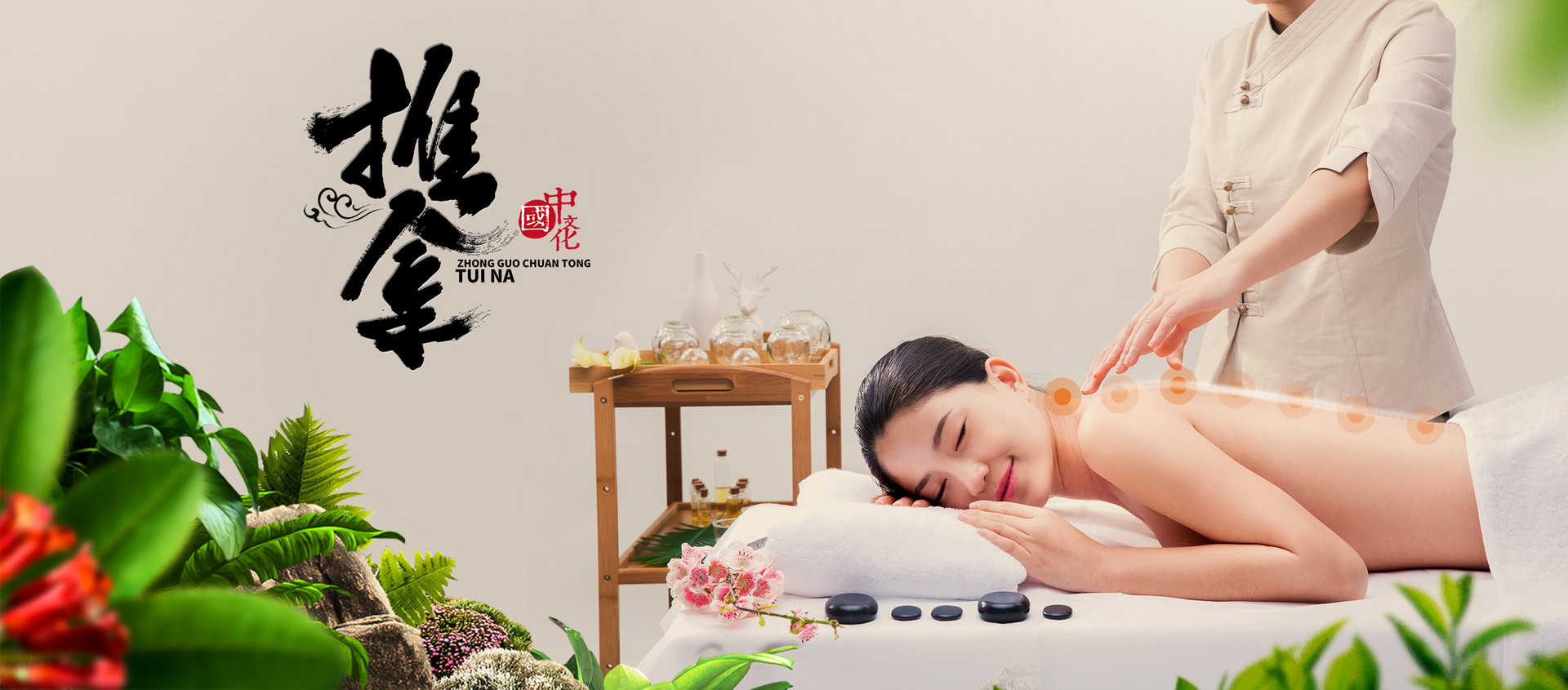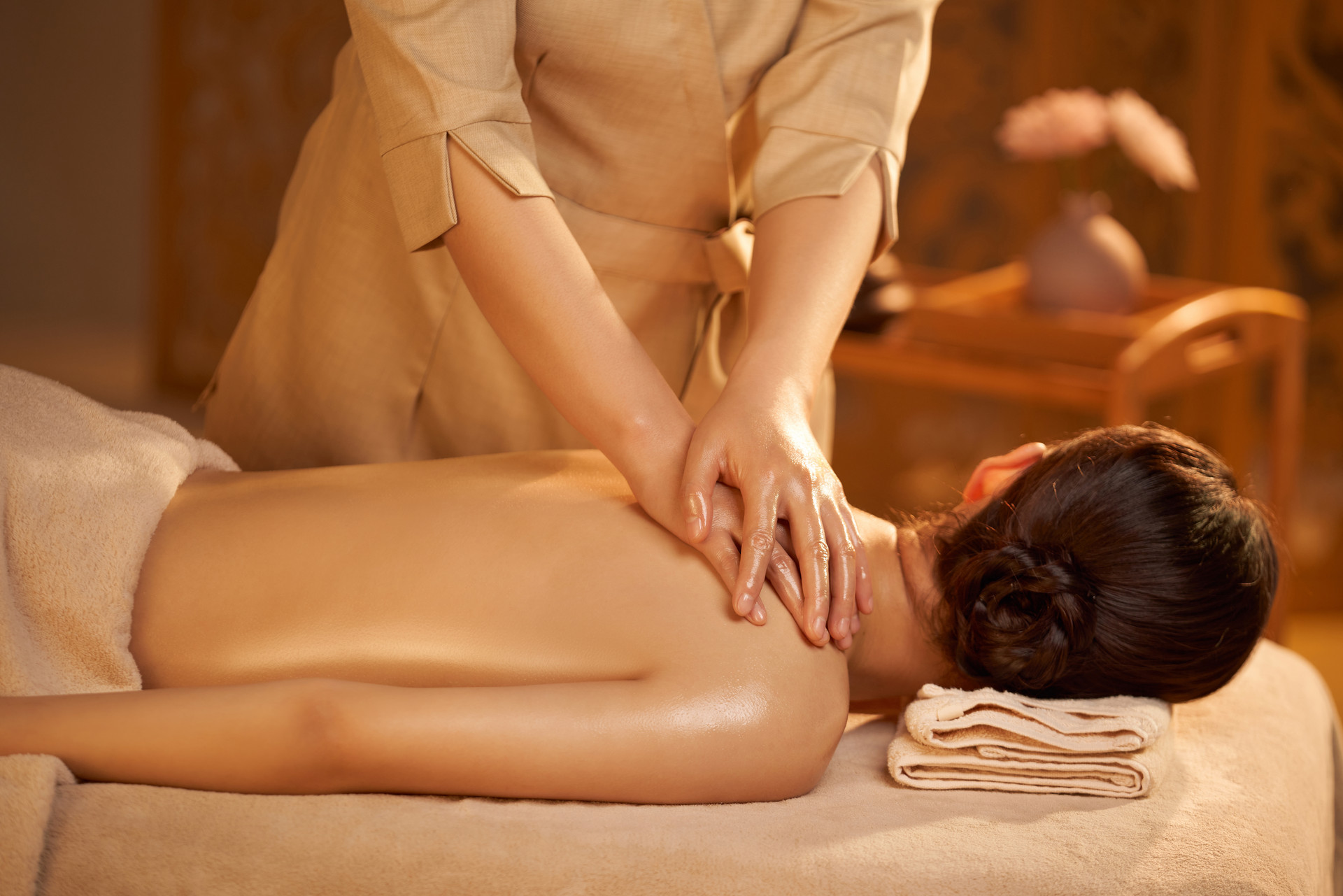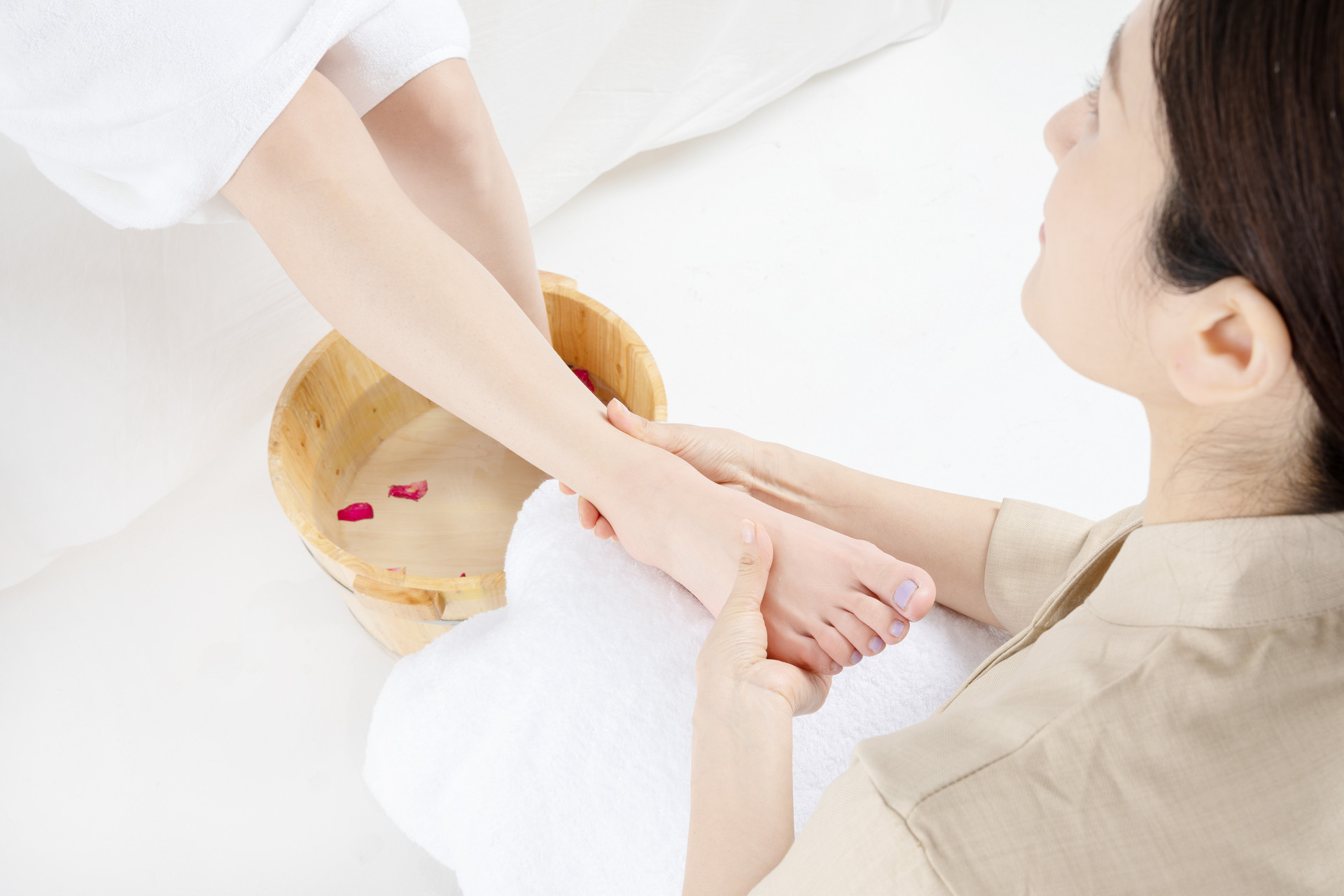[Overview]
Shoulder periarthritis, also known as "leaking shoulder wind" or "frozen shoulder", is more common in women around the age of 50, hence it is also called "50 shoulder". The occurrence of this disease is due to endocrine disorders, trauma, chronic strain, external wind-cold and dampness, and degenerative changes in the shoulder tissues, leading to chronic aseptic inflammation of the shoulder soft tissues. This in turn causes synovial atrophy and roughness, reduced synovial fluid secretion, and extensive adhesion of soft tissues, limiting the movement of the shoulder joint.
Traditional Chinese medicine believes that this disease is caused by old age and weak body, deficiency of righteous qi, lack of nourishment of qi and blood, loss of nourishment of meridians, and invasion of wind-cold and dampness. Clinically, shoulder pain and discomfort can be observed, initially presenting as intermittent pain, often triggered by weather changes or fatigue. Afterwards, the pain gradually develops into widespread shoulder pain, even knife-like pain, with milder symptoms during the day and more severe symptoms at night. The pain may radiate to the forearm, elbow, neck, and back. After about 2-3 months, the pain symptoms will decrease and manifest as shoulder joint dysfunction, with the most prominent limitations in abduction, external rotation, and extension. The limitations gradually worsen, making it difficult to dress and comb hair, severely affecting daily life. In the later stages, muscle atrophy in the shoulder can be observed.
Massage therapy is a more effective method for treating shoulder periarthritis. In the initial stage, the focus is on relaxing tendons, promoting meridian circulation, regulating qi and blood flow, and relieving pain. In the later stages, the focus is on releasing adhesions and lubricating the joints.
[Massage Therapy]
1. Initial Stage
(1) The patient sits down, and a family member stands on the affected side, using one hand to lift the upper limb upwards, while using the other hand to apply the palm push method (as shown in Figure 17-4) or the one-finger zen method to massage the shoulder joint area for about 5 minutes.
(2) The patient sits down, and a family member uses the thumb to press and massage the following acupoints for 1 minute each: Jianzhongyu (2 cun beside Dazhui, as shown in Figure 17-3), Jianwaiyu (3 cun beside the lower edge of the first thoracic vertebrae, as shown in Figure 17-3), Naoxue (directly above the fold behind the armpit, in the depression below the scapular spine, as shown in Figure 17-3), Jianyu, and Jianzhen (1 cun above the fold behind the armpit, as shown in Figure 17-3). The massage should be done to a degree where there is a sense of soreness and swelling.
2. Adhesion Stage
In addition to the above-mentioned methods, the following massage techniques can be used:
(1) The patient sits down, and a family member uses both hands to support the elbow and perform passive movements such as inward rotation, outward rotation, elevation, and extension for about 2 minutes.
(2) The patient sits down, and a family member stands on the affected side, and performs circular rotations (as shown in Figure 17-5) on the shoulder joint, clockwise and counterclockwise for 30 times each, gradually increasing the range of motion.
(3) The patient sits down, and a family member stands on the affected side, slightly squats, and extends the patient's affected limb and places it on their own shoulder. The family member then uses both hands to hold the affected shoulder, with thumbs pressing on the lower part under the armpit and the remaining four fingers interlocking on the outer side of the deltoid, massaging and rotating the deltoid, muscles under the armpit, teres major, pectoralis major, and pectoralis minor. The affected arm is slowly lifted during the massage, with each session lasting 3 minutes.
(4) Place a tower-shaped ruler on the wall. The patient stands facing the wall, with the heels of both feet together on the ground, slightly flexes the affected arm and places the palm against the wall. The patient then uses the index finger, middle finger, and ring finger of the affected hand to crawl up the ruler on the wall, gradually straightening the arm. Repeat this process 10 times.











